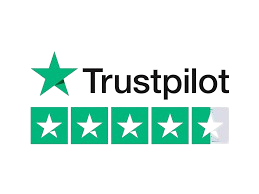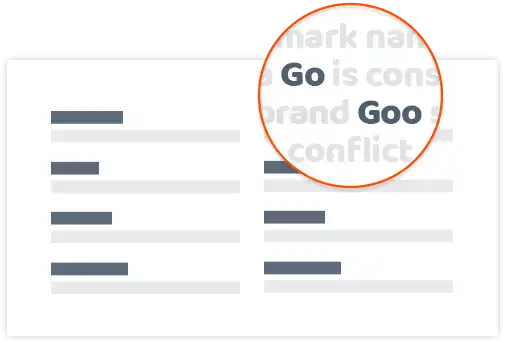Much like how the availability of a corporate name in a given state does not
necessarily provide superior trademark rights to use the name in commerce, the
availability of the domain name is not an indication either. A company could
have a
trademark name on a product or service, but not have acquired the domain name.
The availability of the domain name should be one part of a comprehensive search,
which Custom Trademark Agency offers, to help evaluate the strength of a brand name or
slogan and the likelihood of a trademark being approved.Using a domain name as
part
of a brand that sells goods or services may establish common law trademark
rights. A
“common law” trademark can be established when a name, logo or slogan is used in
commerce, even if it is not registered. Common law rights, however, are limited
to
the geographic area where the mark is actually used as opposed to the nationwide
protection typically established by registration of a mark with the USPTO.
The geographic limitations of an unregistered mark can make it difficult to
expand a
business. On the other hand, a person using a mark in a limited geographic area
could be boxed in by someone else who offensively registers a similar mark. In
addition, registration of a trademark customarily gives the person holding the
registered trademark a leg up in court as to the validity of the mark and the
date
of usage in later trademark infringement litigation, if it comes to that. There
are
also favorable remedies available to registered trademark owners in the event of
litigation. Finally, once a trademark is accepted by the USPTO, it should be
maintained in the USPTO database, which can discourage others from using the
mark in
the future. Future companies should be on notice that the mark is already spoken
for, which should in turn help avoid at least some disputes.
General benefits to registering a mark:
- Nationwide protection
- Presumed right to the exclusive use of the mark nationwide
- Presumed validity of the mark in a lawsuit
- Additional remedies in court
- May increase the value of the company
- You can record the mark with the U.S. Customs and Border Protection, which
may
help stop importation of infringing or counterfeit goods into the U.S.
- The right to use the ® symbol





.png)



